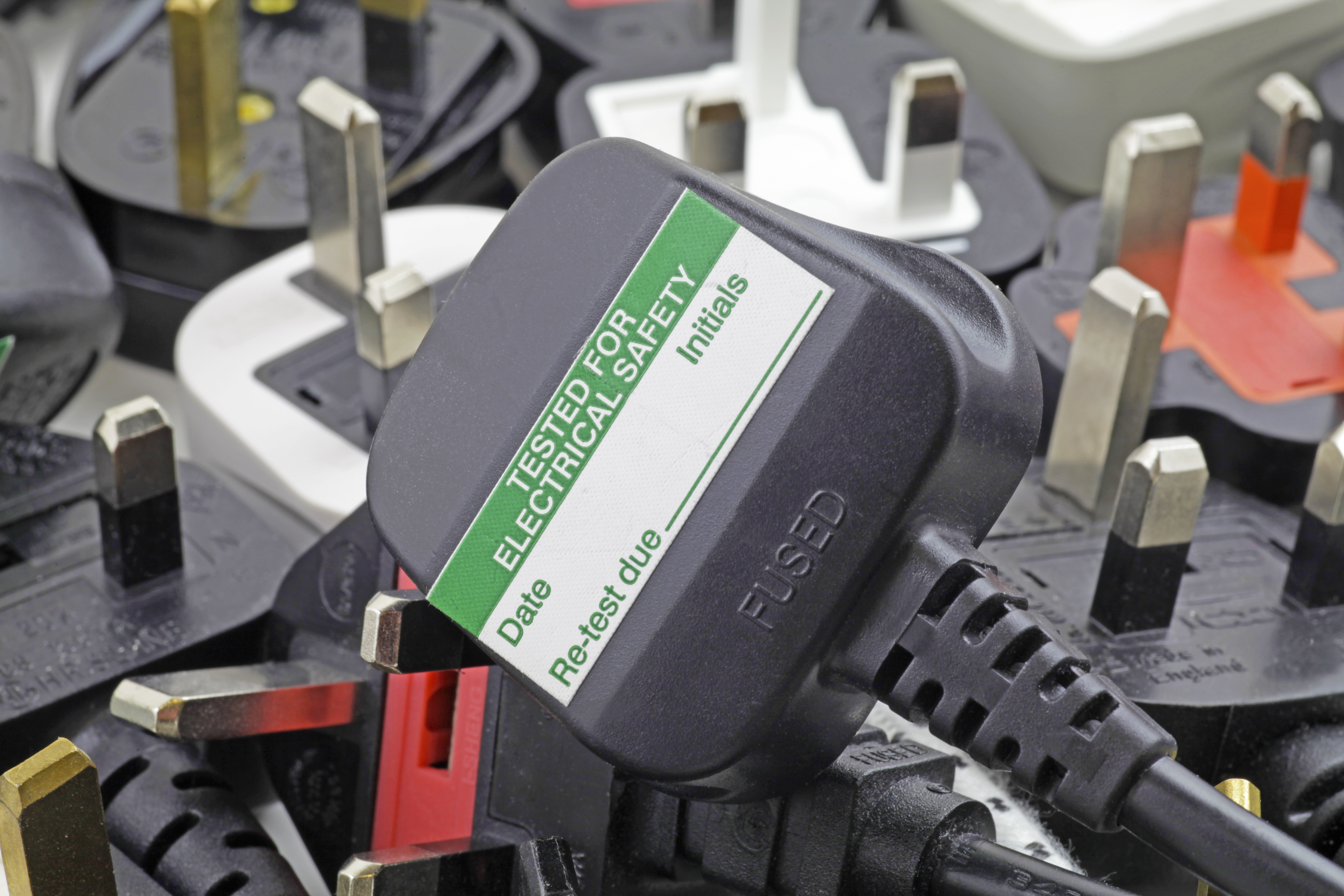Failure to maintain electrical equipment is a major cause of accidents. Portable electrical equipment could cause an electric shock or burn, or fire due to damage, wear or misuse.
It is a legal requirement under the Electricity at Work Regulations 1989 for all electrical equipment to be maintained, so far as reasonably practicable, to prevent danger to users of this type of equipment. Whilst it is not specified exactly how to maintain electrical equipment, or how often it needs maintaining, it is good practice to do so at least annually for equipment which is heavily used. One of the easiest and most reliable ways to maintain electrical equipment is to undertake portable appliance testing (PAT).
Many factors must be considered when determining how often to maintain electrical equipment which include the following:
- Age of the equipment
- Working environment in which the equipment is usually used in
- Frequency of use of the equipment
- Type of equipment i.e. handheld, earthed, double insulated etc.
- Manufacturer’s recommendations
- HSE recommendations
Who can carry out portable appliance testing?
When carrying out portable appliance testing, the individual should be competent, meaning that they have both knowledge and experience of carrying out the testing. Whilst having suitable knowledge and experience, the tester must also have:
- The correct equipment to carry out the testing
- The ability to use the equipment properly
- The ability to understand the test results
Whilst the person carrying out the testing does not have to be a qualified electrician, you may want to verify the tester’s competency and experience prior to them undertaking the portable appliance testing.

If PAT isn’t compulsory, why should I have it carried out?
Visual checks are a great way of identifying obvious problems with electrical equipment, such as bent or frayed wires. Some defects however cannot be identified purely by visual checks, and require testing to take place. As these defects can only be identified by testing, the easiest way to do this is by PAT.
By undertaking PAT testing at regular intervals, any problems with equipment can easily be identified and rectified. If this equipment testing wasn’t carried out, the risk of injury from using the equipment increases, as defects may not have been identified. If an accident occurs and the HSE carries out an investigation off the back of this, not having preventative maintenance measures in place such as PAT testing will be detrimental and could result in prosecution.
You will also have a dated and documented record of the testing that has been carried out which can be a simple way of identifying equipment that is able to be used. A PAT certificate can also be used to form a part of your equipment maintenance program and help form time limits and constraints for further equipment checks and testing.
You may also find that this is a requirement of your insurance policy and that your insurance company will want to see a copy of your PAT certificate.
How do I know how often to have portable appliance testing carried out?
The competent person carrying out the portable appliance testing will be able to advise you on how often PAT needs to be carried out. It may be that different items require testing more often than others, although you may wish to have everything tested at the same time if this is the case.
The Health & Safety Executive (HSE) have also released a list of recommended time intervals which includes when items should be visually inspected and when more thorough testing should be carried out.















